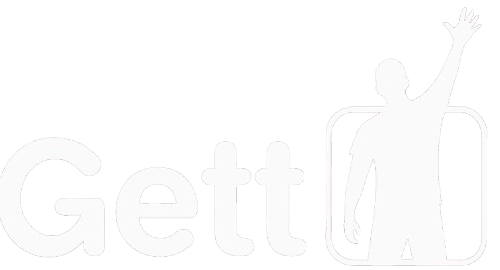OWHL ™ OpenWeather Hyper-Local Forecasting Model enables the delivery of weather data with high resolution and exceptional speed, ensuring timely and precise forecasts with 15-minute time step. It is an advanced system delivering precise, hyper-local weather forecasts that meet critical business requirements. It assimilates data from weather stations, radar, satellite imagery, global forecasting models, into sophisticated numerical weather prediction models. Machine learning refines these inputs detecting anomalies, incorporating new observations, and producing forecasts for local microclimates. Updated roughly every 10 minutes, OWHL ™ ensures accurate, timely insights essential for diverse commercial applications.
Overview
OWHL ™ OpenWeather Hyper-Local Forecasting Model
High-resolution
High-resolution frequently updated forecasting at multiple ranges, with short-range forecasts provide a 100 m resolution updated every 1 minute, mid-range and long-range forecasts come at a 2 km resolution updated hourly.
15-Minute Temporal Resolution
Essential weather parameters with a 15-minute time step, ensuring precise and timely insights throughout the day. Key parameters include temperature, feels like, pressure, humidity, dew point, cloud cover, visibility, wind speed, wind gusts, precipitation, etc.
Extensive historical archive
A history archive spanning over 45 years provides extensive data for retrospective analysis and long-term forecasting
AI technologies
An advanced AI system uses proprietary machine learning algorithms to deliver highly accurate predictions.
Quick data delivery
Quick delivery by leveraging distributed data centers (US, UK, Germany, Singapore) with minimal latency.
Global coverage
Global coverage is achieved through integrated data from radar networks, weather stations, satellites, and established models like ECMWF, NOAA, and the MetOffice.
















